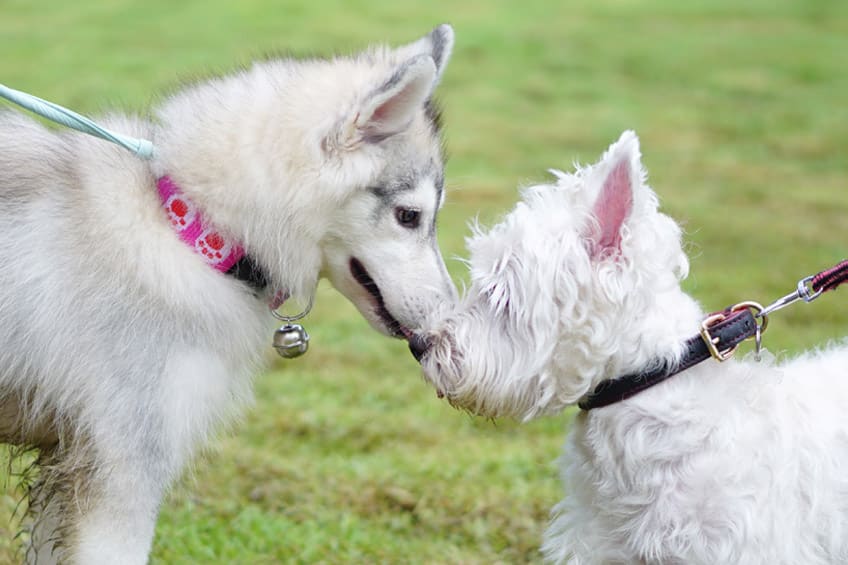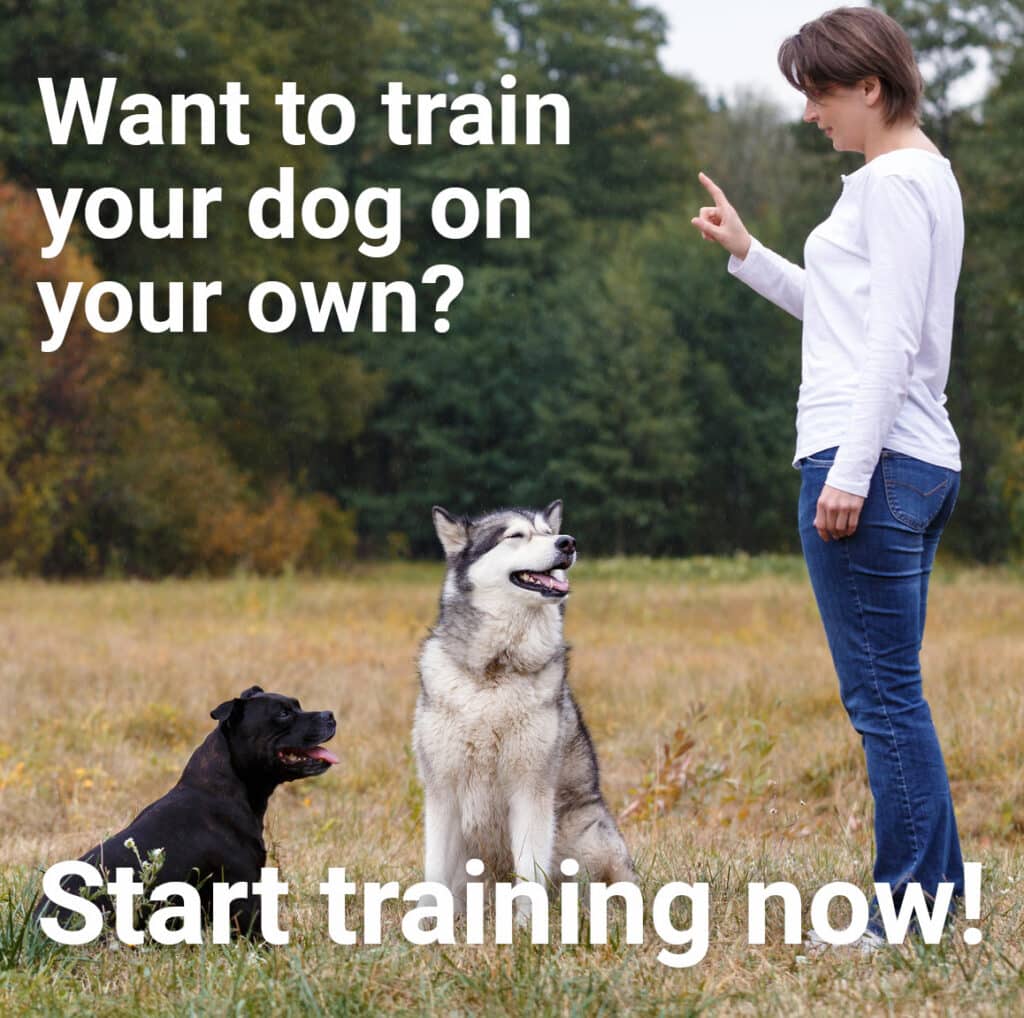We all love to say hello to others peoples dogs, and if you have a dog then you know what it feels like to have others ask us if they can say hello to our dogs. There needs to a polite protocol for this interaction.
I don’t wouldn’t want every person on the street to run up to me and tussle my hair with a “What a good girl” – we can’t assume dogs do either. Sure most dogs love a good head rub, but many don’t and reaching for them with your hand can be a threat more than an invitation, which could result in a bite and the dog is the one who gets blamed, even though it is often the person’s fault for disrespecting the dog’s comfort zone.
Be courteous and ask permission to pet someone else’s dog and be respectful of what people say to you. Unfortunately, some folks just don’t listen and always want to counter with “Its fine, animals like me” or “I have a way with dogs, its okay”; it doesn’t matter that dogs love you and you have never been bitten before, there’s always a first time for everything. It could also be ruining the training they have been working on. Take a breath and wait for the person to tell you what works for their dog.
We know it is exciting to meet a new dog, especially if you are a dog lover. Unfortunately, most people feel driven to approach with high energy and just have to touch the dog immediately. This can cause many adverse reactions from a dog. Not all dogs feel comfortable having a human rushing at them and then towering over them while they try to pet them.
You don’t know the ‘dognality’ of this 4 legged standing in front of you. Is this a balanced and nice dog? Do they seem likely to jump up? Are they nervous and likely to bite? Are they mouthy or assertive? Ask the person about their dog before you approach and respect their wishes. When greeting a new dog there is a correct way to approach, greet and leave – depending on the dog.
The way you approach a dog matters: your energy, getting closer (distance), facing the dog, bending over towards the dog and eye contact can be forms of pressure which feeds into the dog in a good or bad way. Some dogs welcome human interaction and will either receive it calmly, or get too happy and jump up. Other dogs will feel the pressure and step up to defend their space with intensity or aggression. The last group might be very afraid of the pressure and go behind their person legs, wet themselves, or freeze in fear. Each situation needs the sensitivity of the humans to meet the dog with appropriate energy so all dogs can learn to greet calmly and without fear.
Think about it, if a stranger came rushing at you, hugged you and stroked your hair, then kept starring into your eyes as he spoke gibberish to you, you might find that very creepy, and depending on your personality you might get scared, or you might try to push that person off of you, well, that’s just what a dog is doing when he stiffens, growls or worst yet snaps at you.
The responsibility lies with both parties when encountering each other. If it is your dog, then have the confidence to ask someone not to approach your dog, or teach them how to approach your dog. Most of all, teach your dog to feel comfortable in the world. It is on you to control your dog’s interactions with the world and to inform people how to greet your dog according to his needs.
Teach your friends, old and new, how to greet your dog. If someone asks to pet your dog, you could answer by saying, “Thank you so much for asking, but he is too nervous right now and I am working on his training.” You could ask them to walk by a few times and toss a treat towards the dog so they are helping to socialize your dog but not actually approaching him. That way it’s a win-win – the dog gets a positive experience with a stranger and the person gets to interact with the dog.
You could say, “So great that you asked I would love to have you pet him but I need your help first. He is a bit nervous and I am working on his training, so could you please……” Then explain to the person that sideways body language is calmer to a dog, have them squat down beside the dog, ask them to avert their eyes until the dog seems interested, and have them stroke the dog calmly when all seems well. Don’t have the person interact any longer than the dog is comfortable with. Set everyone up for success.
It is the human’s job to ensure that his dog feels safe in the world, and the world is safe with his dog. This is accomplished through co-operation between all people and their dogs working together to stay safe and create harmony.
Love Them & Lead Them,
~ Doug & Elizabeth

